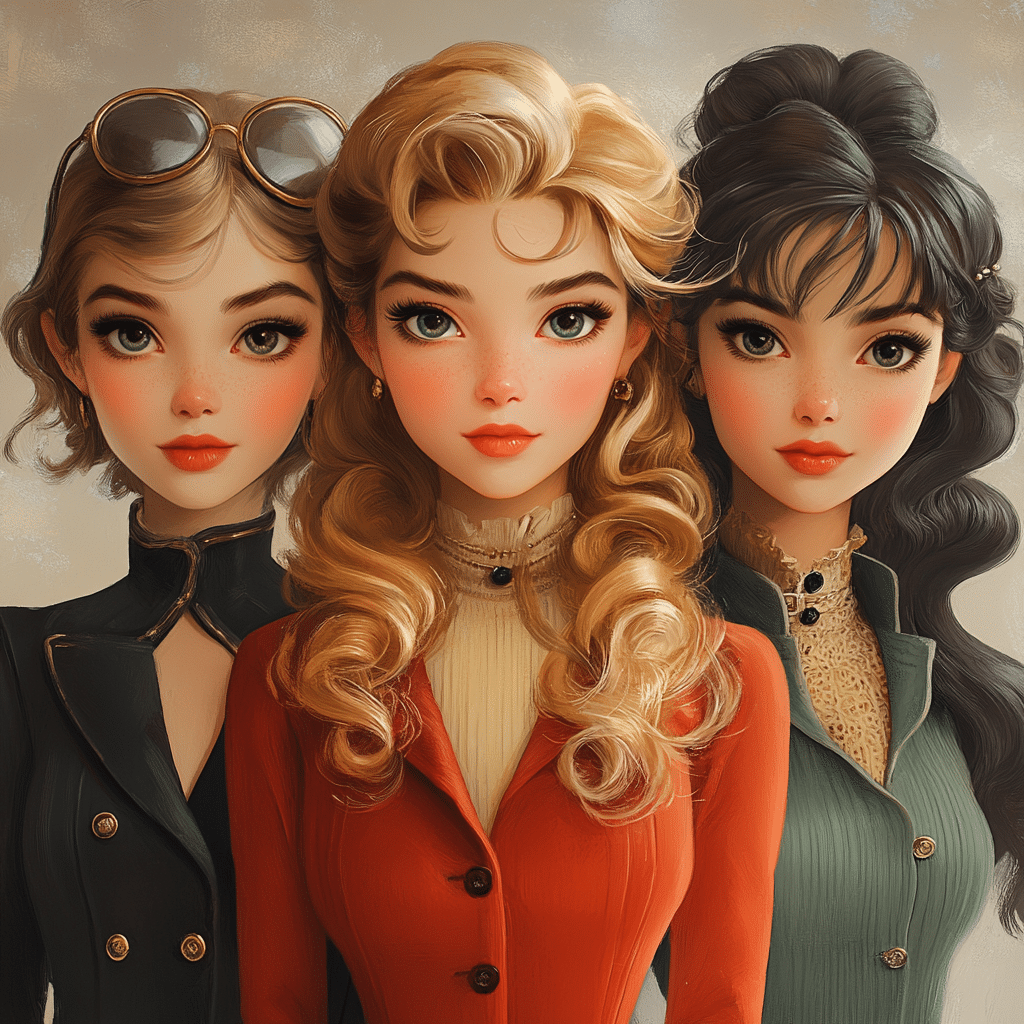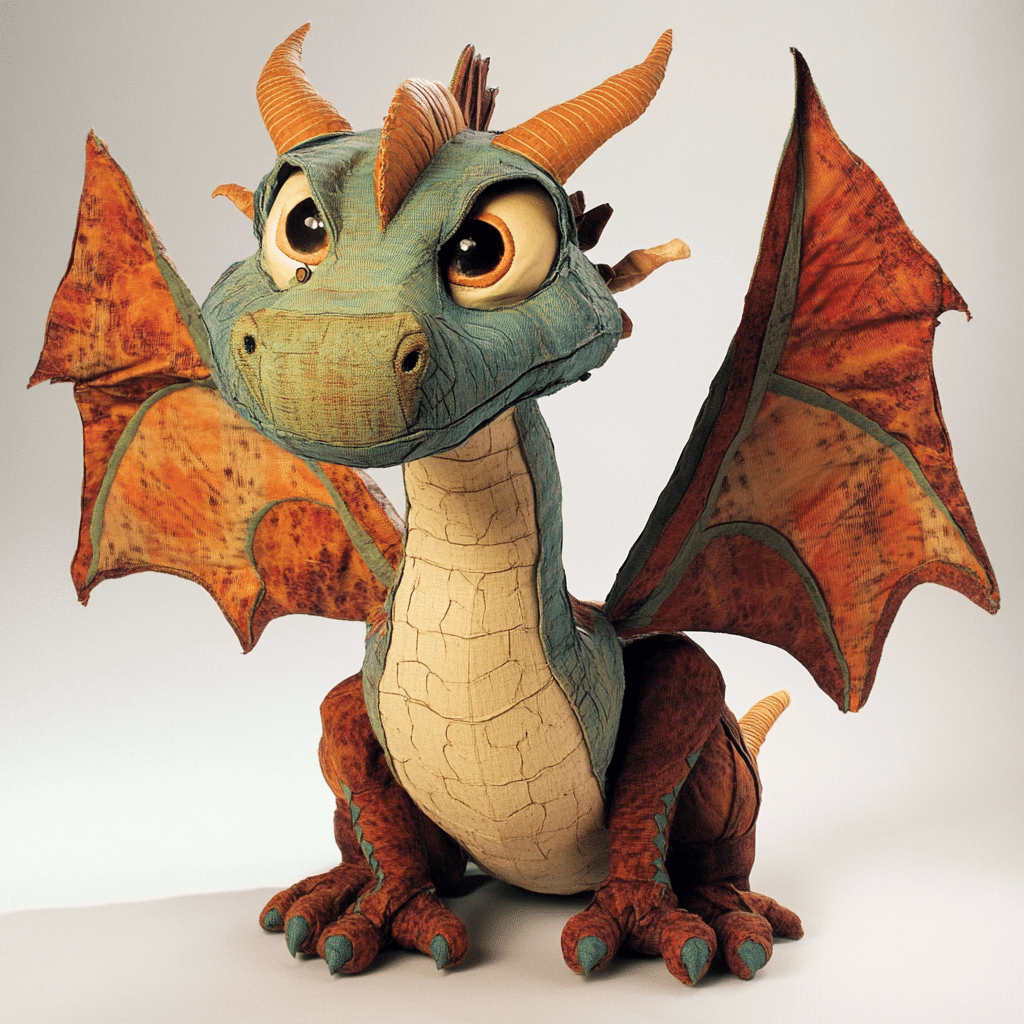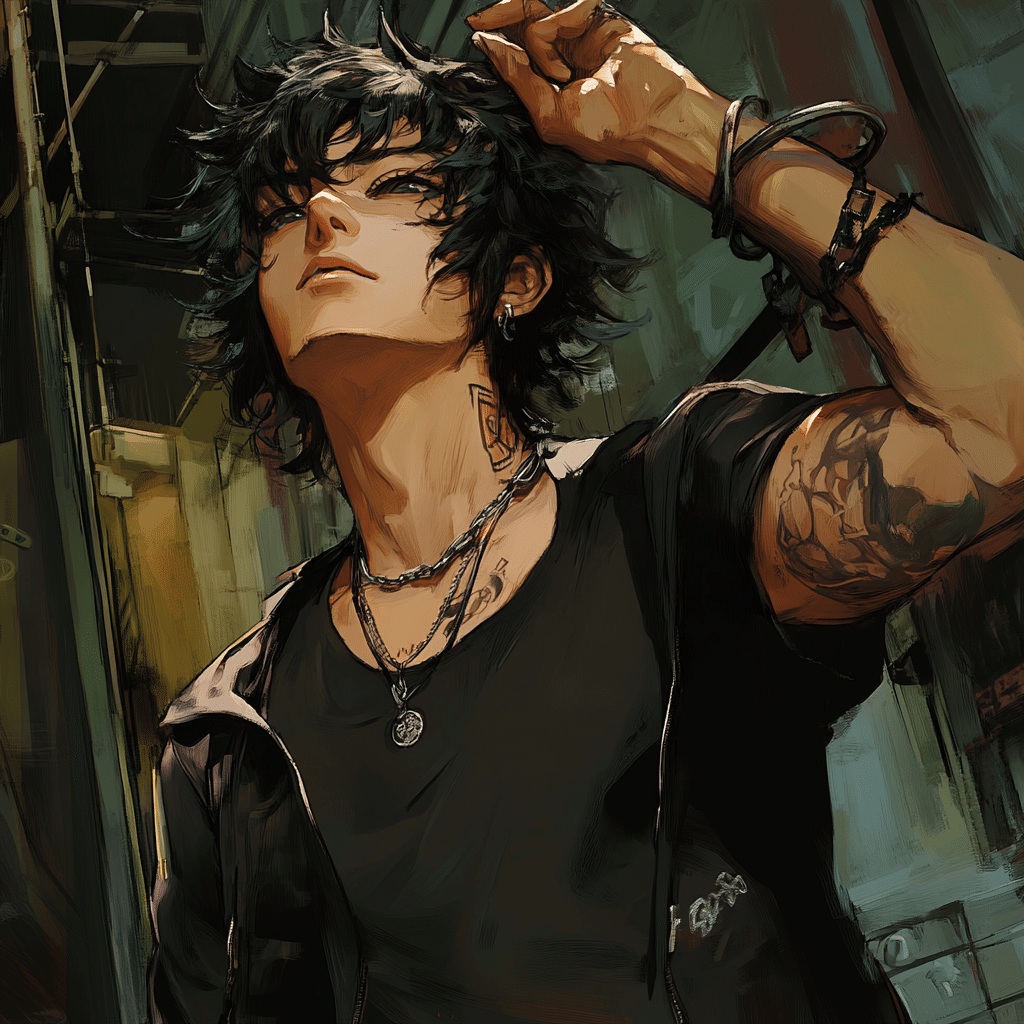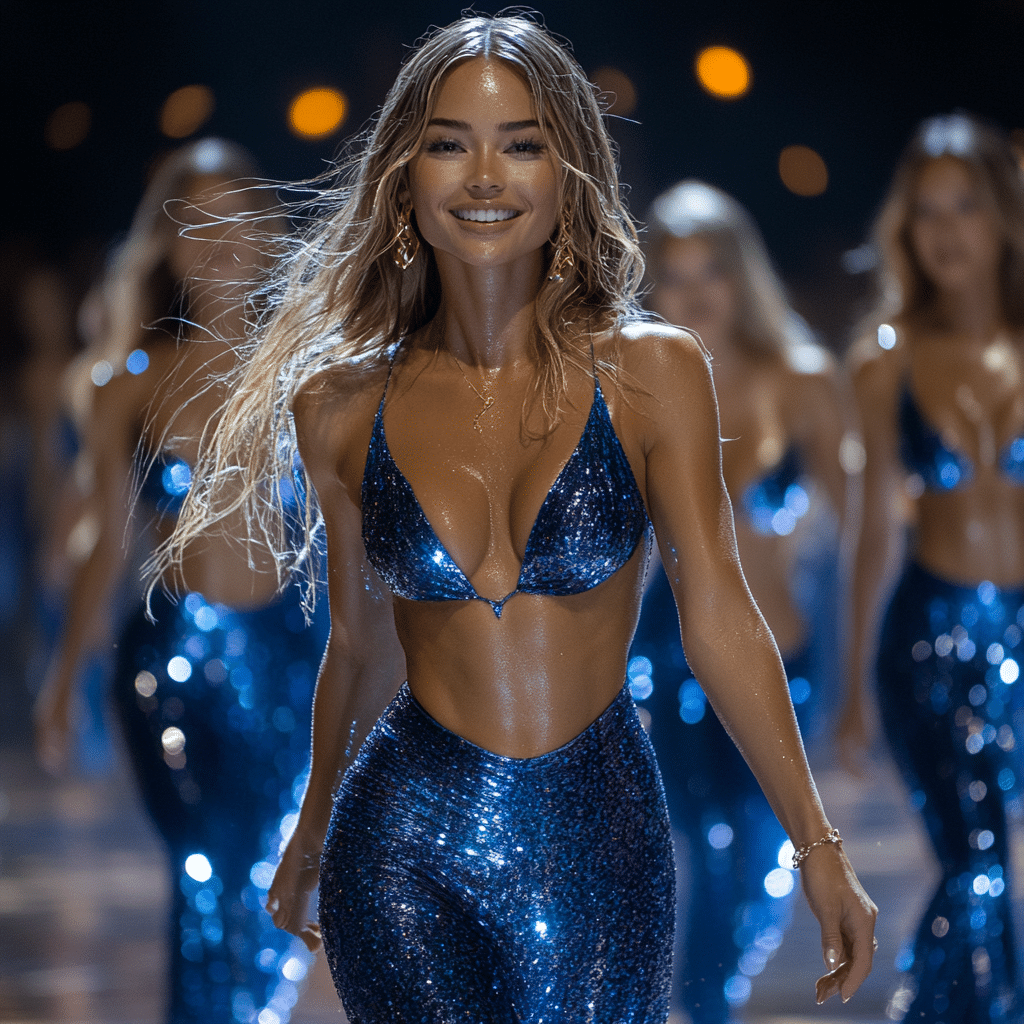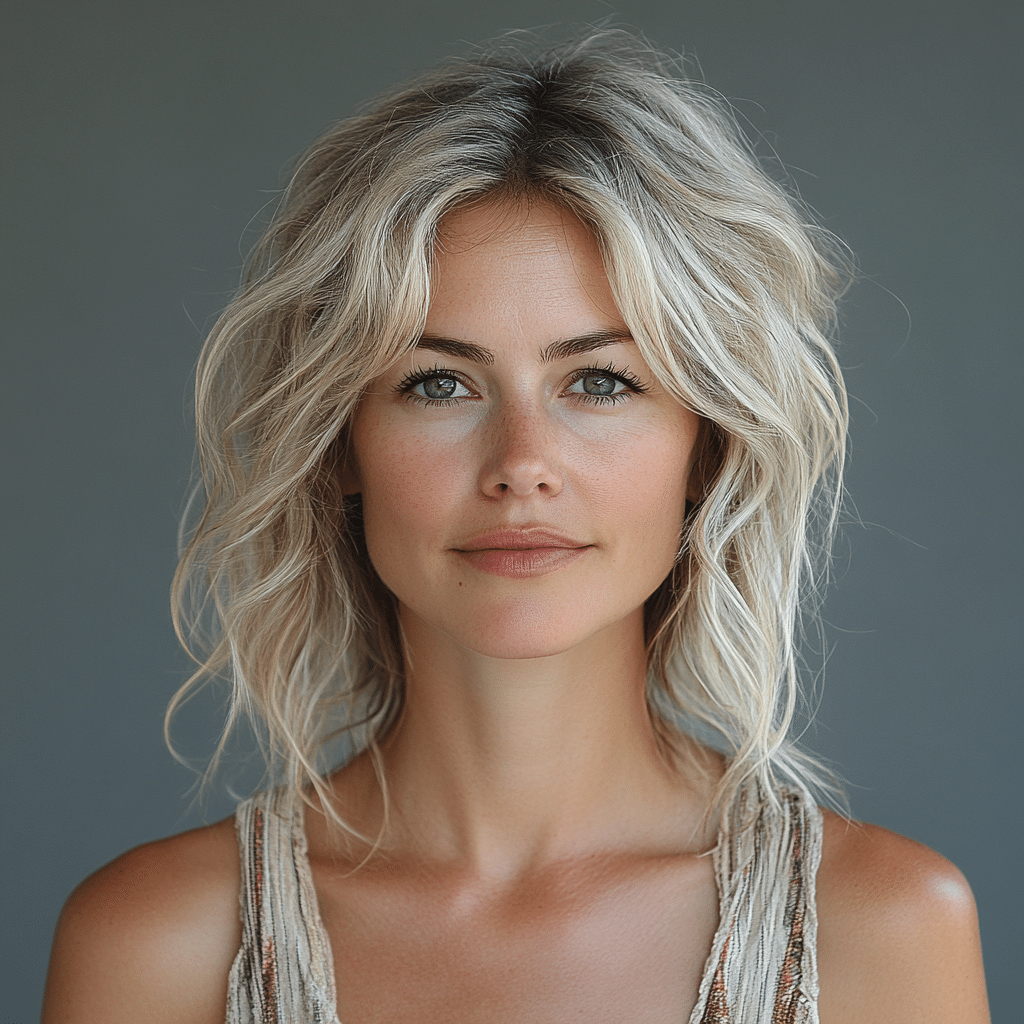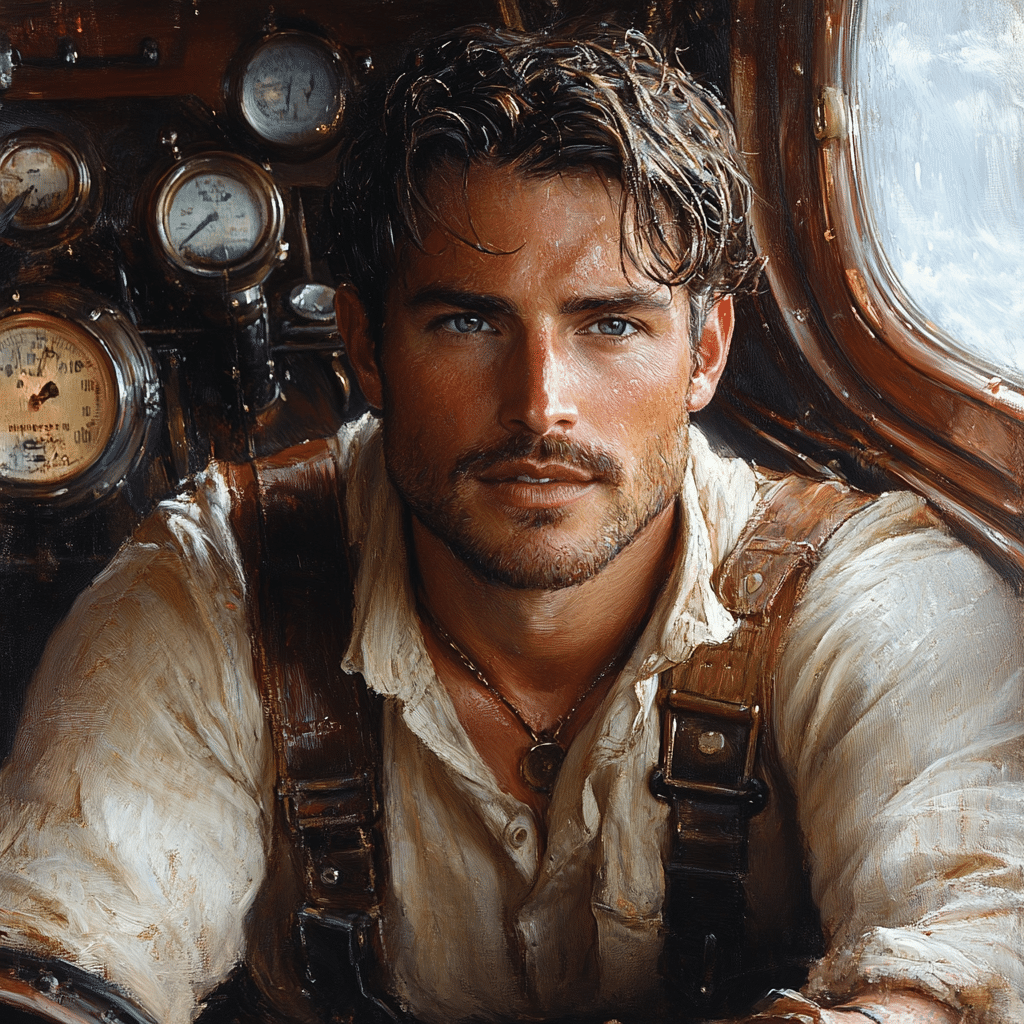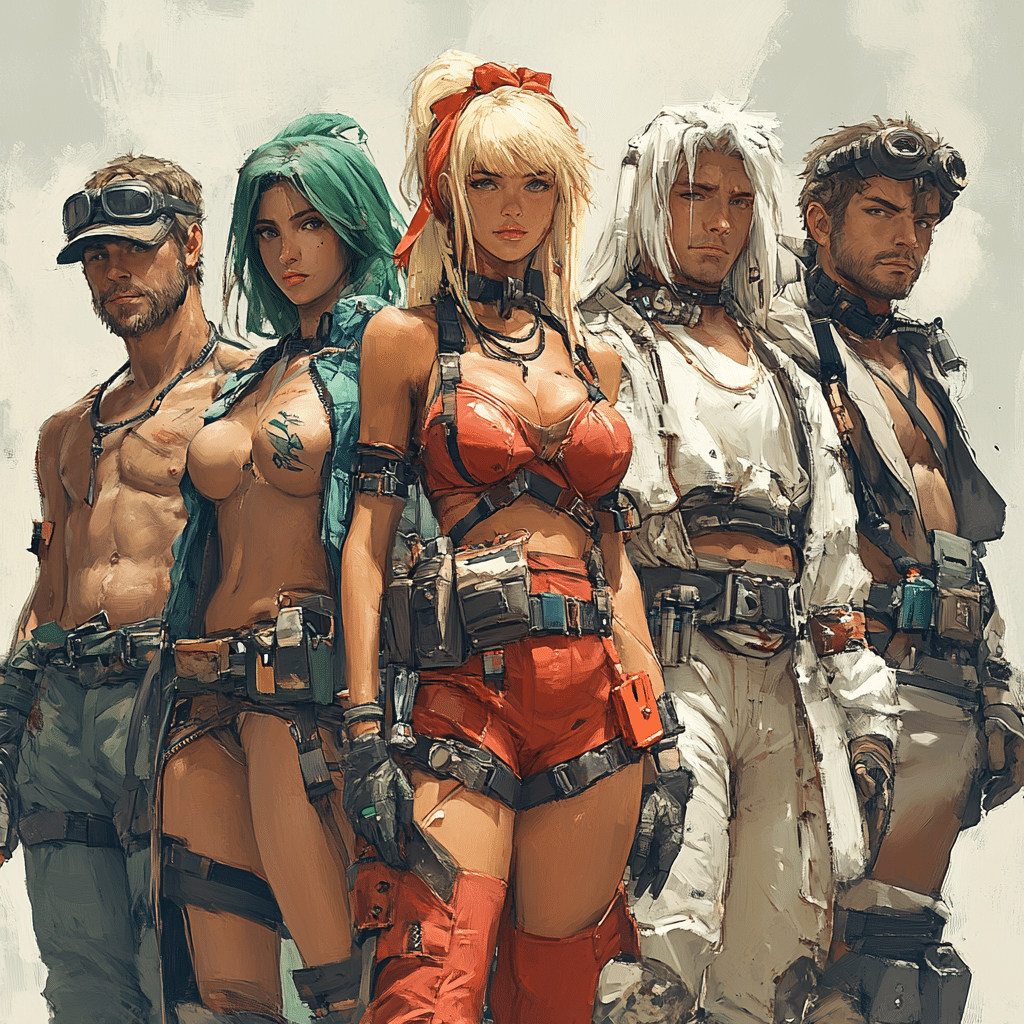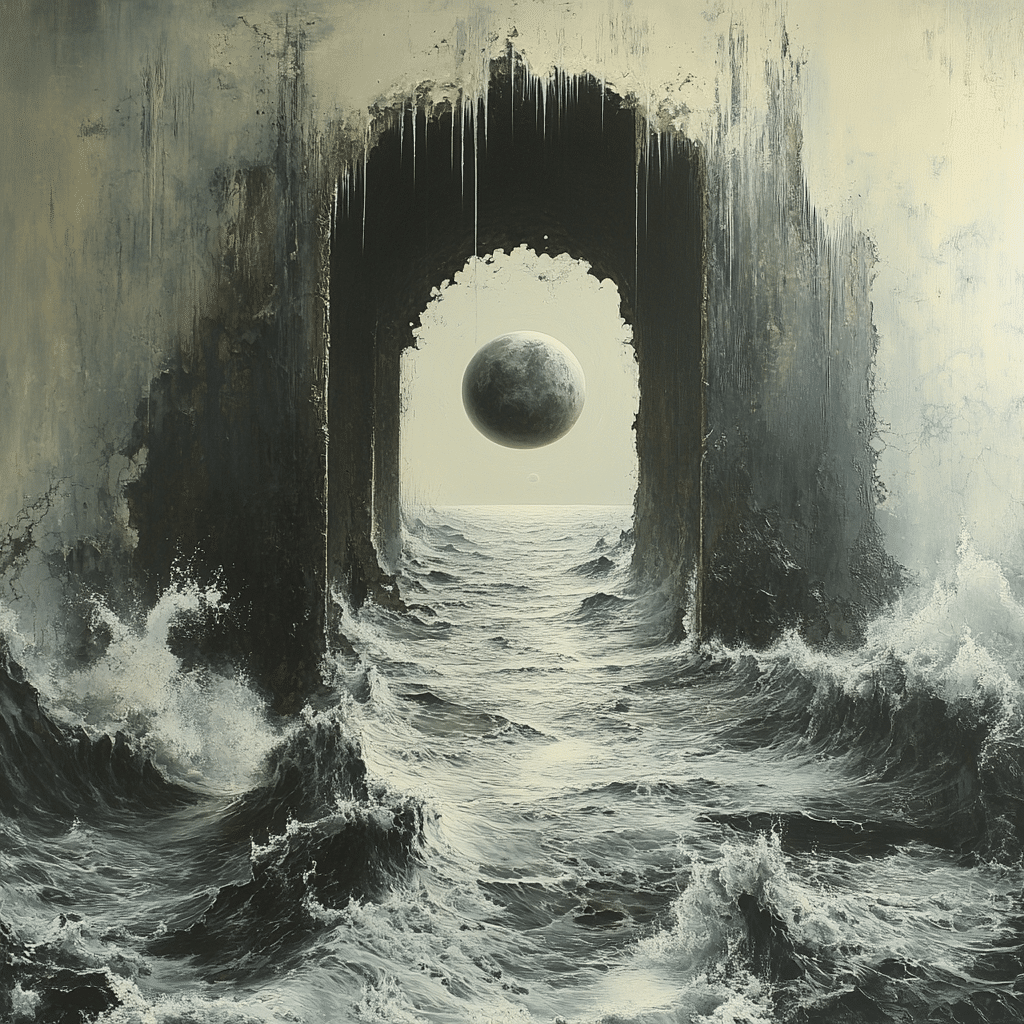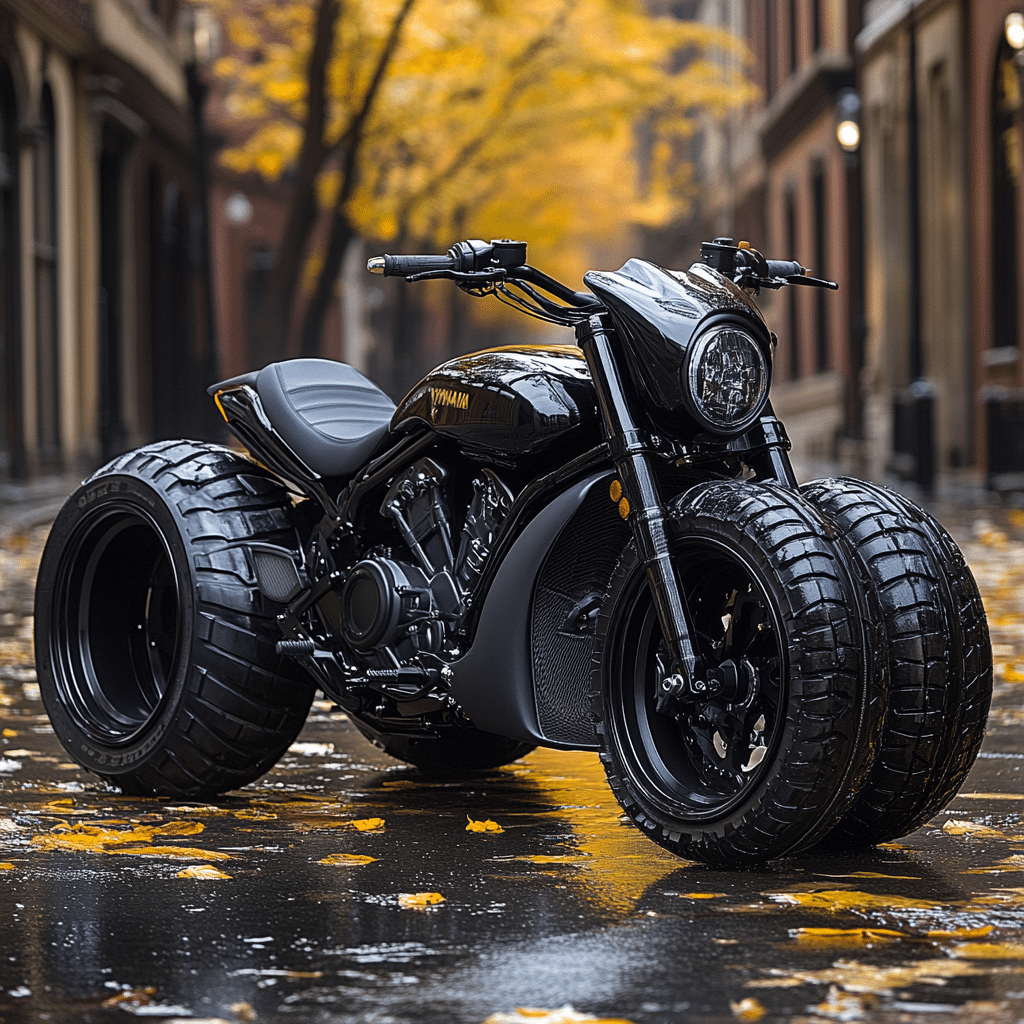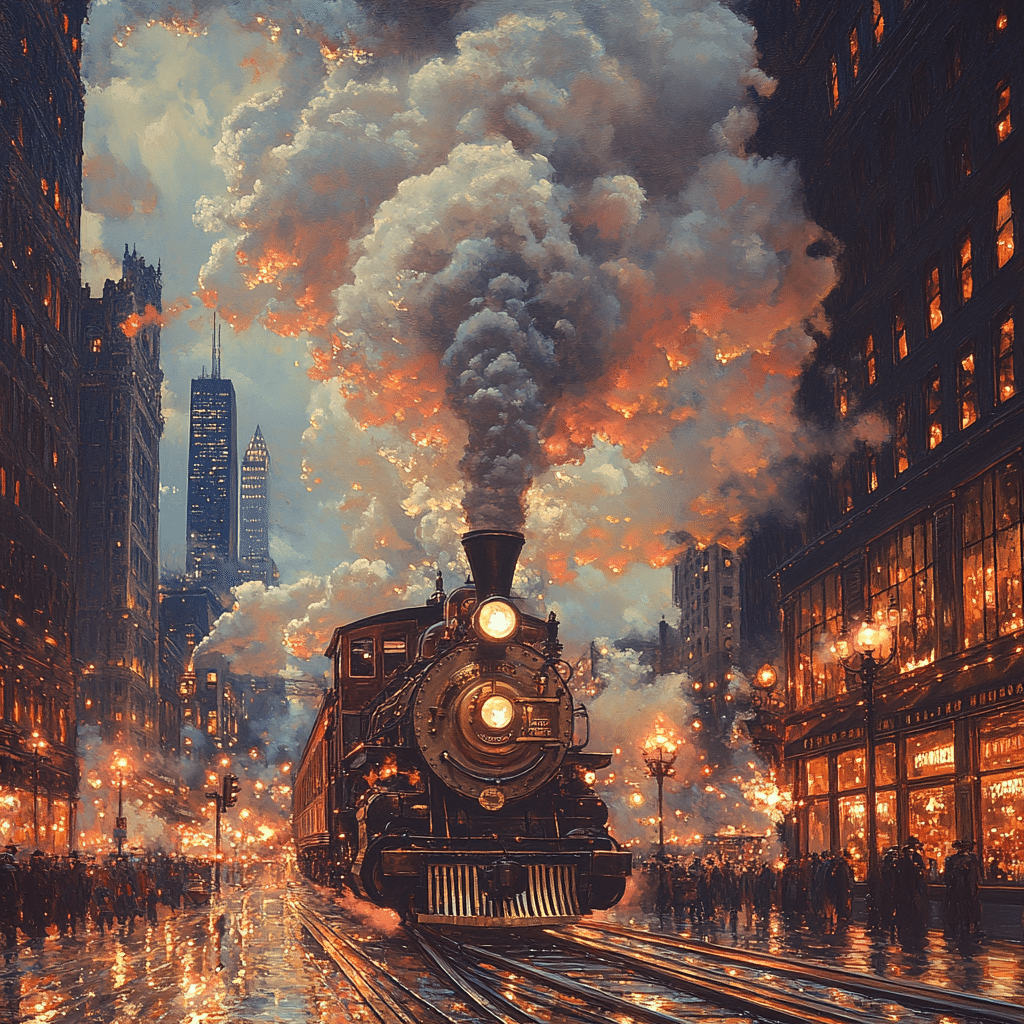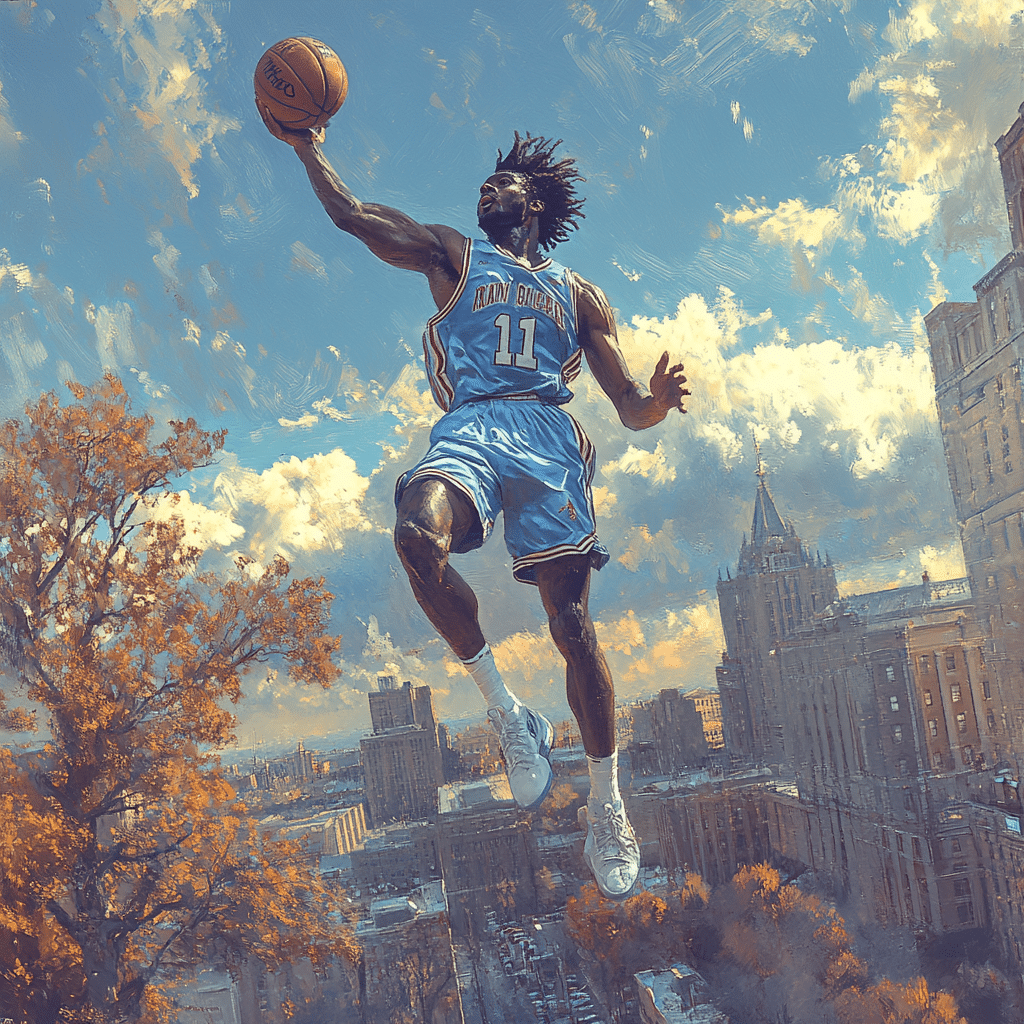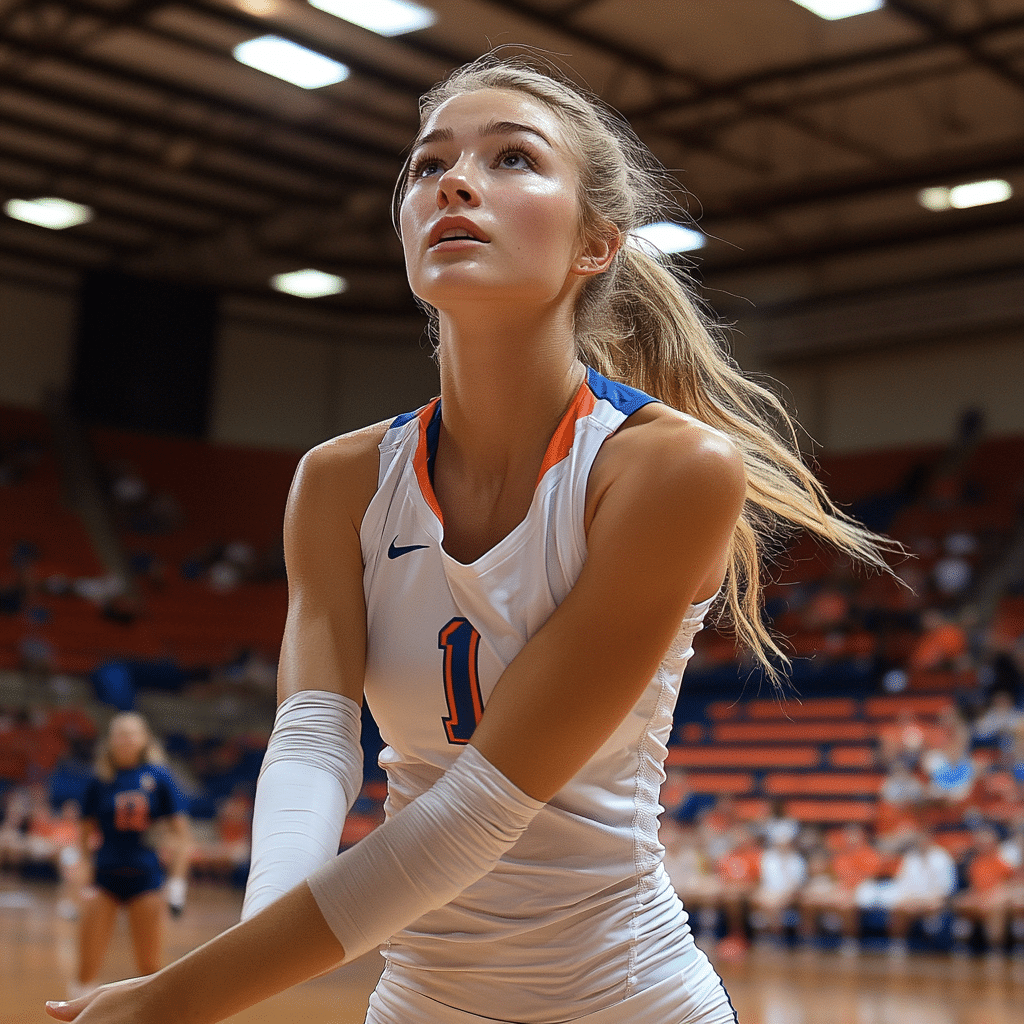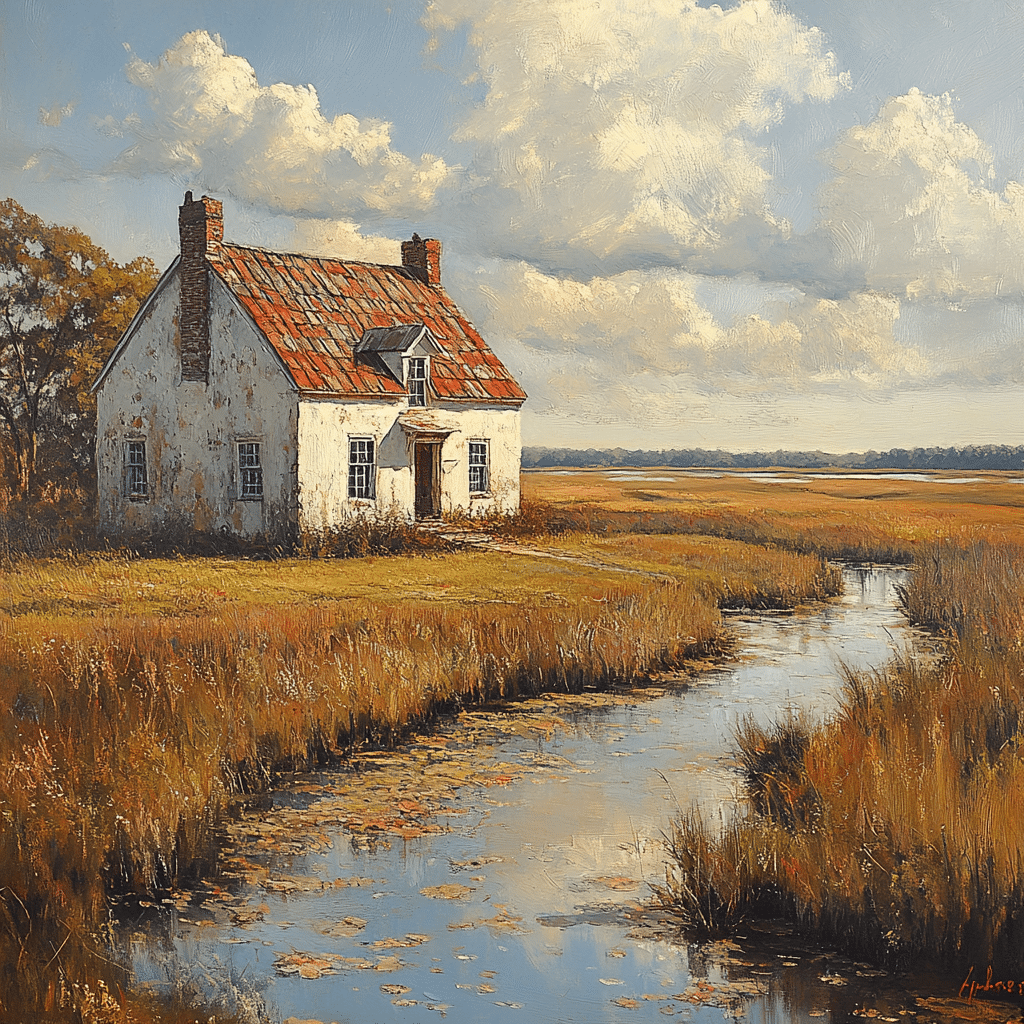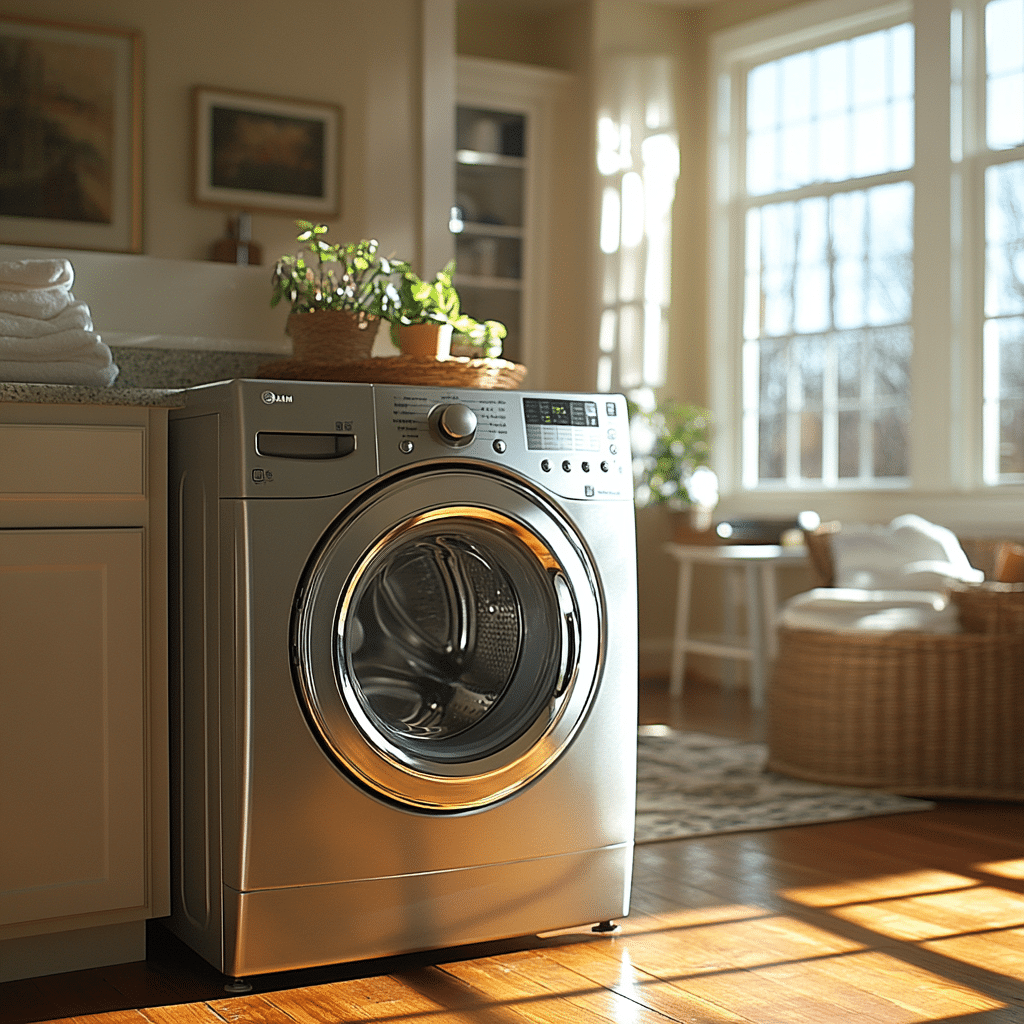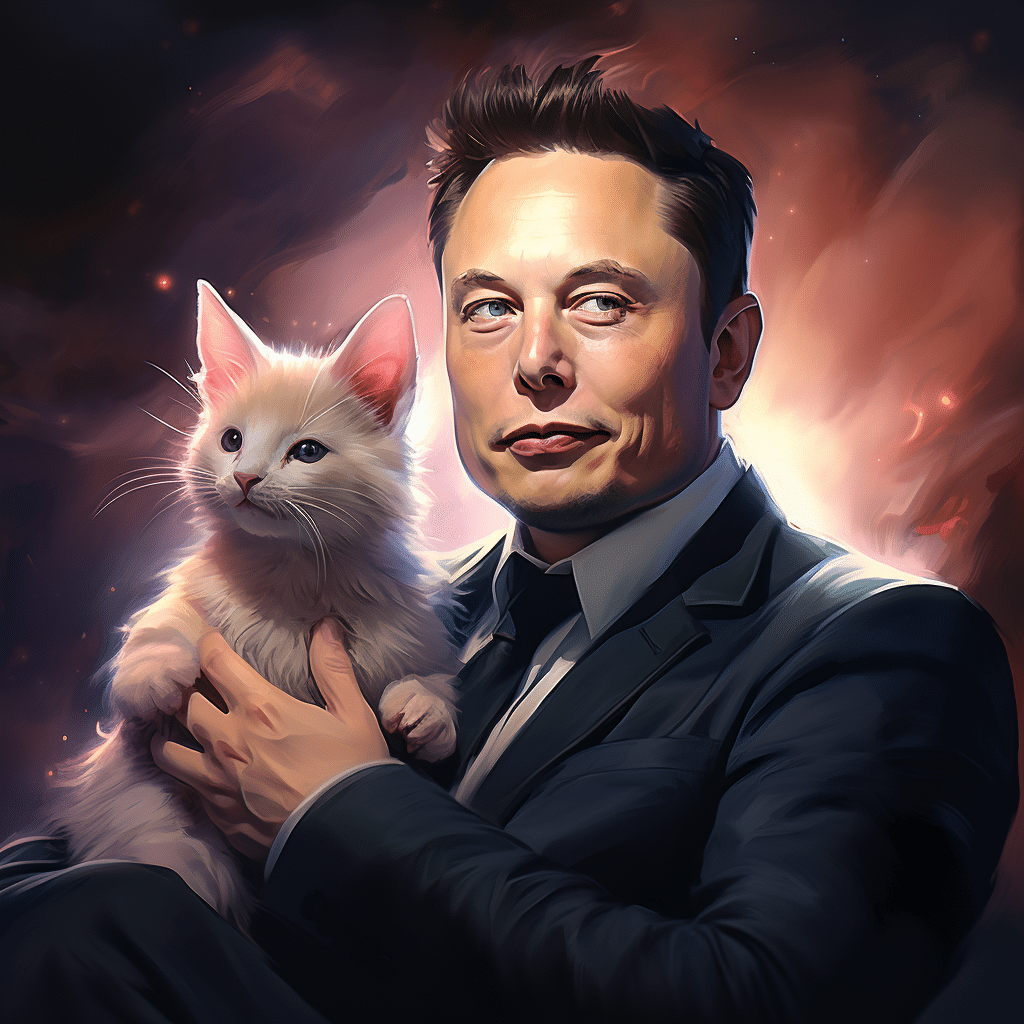The Cultural Impact of Female Cartoon Characters
Throughout history, female cartoon characters have significantly influenced the animation landscape. These ground-breaking characters break stereotypes and redefine narratives, becoming icons and catalysts for change. They provide much-needed representation for diverse audiences and contribute to the evolution of storytelling in animation. Their journeys inspire generations, and in many ways, pave the way for future creators.
Simply put, female cartoon characters are essential to the animation world. They offer a lens through which viewers, especially young girls, can see themselves as heroines, problem solvers, and leaders. With each character’s unique story, they challenge societal norms and boldly advocate for individuality. It’s downright inspiring when you think about how these characters encourage fans to come together and all dream a little bigger.
As we dive deeper into this world, we can’t help but marvel at the incredible changes brought by these animated ladies. It’s about time we acknowledge the female characters who changed the game and brought fresh narratives to our screens, urging us to think critically and creatively.
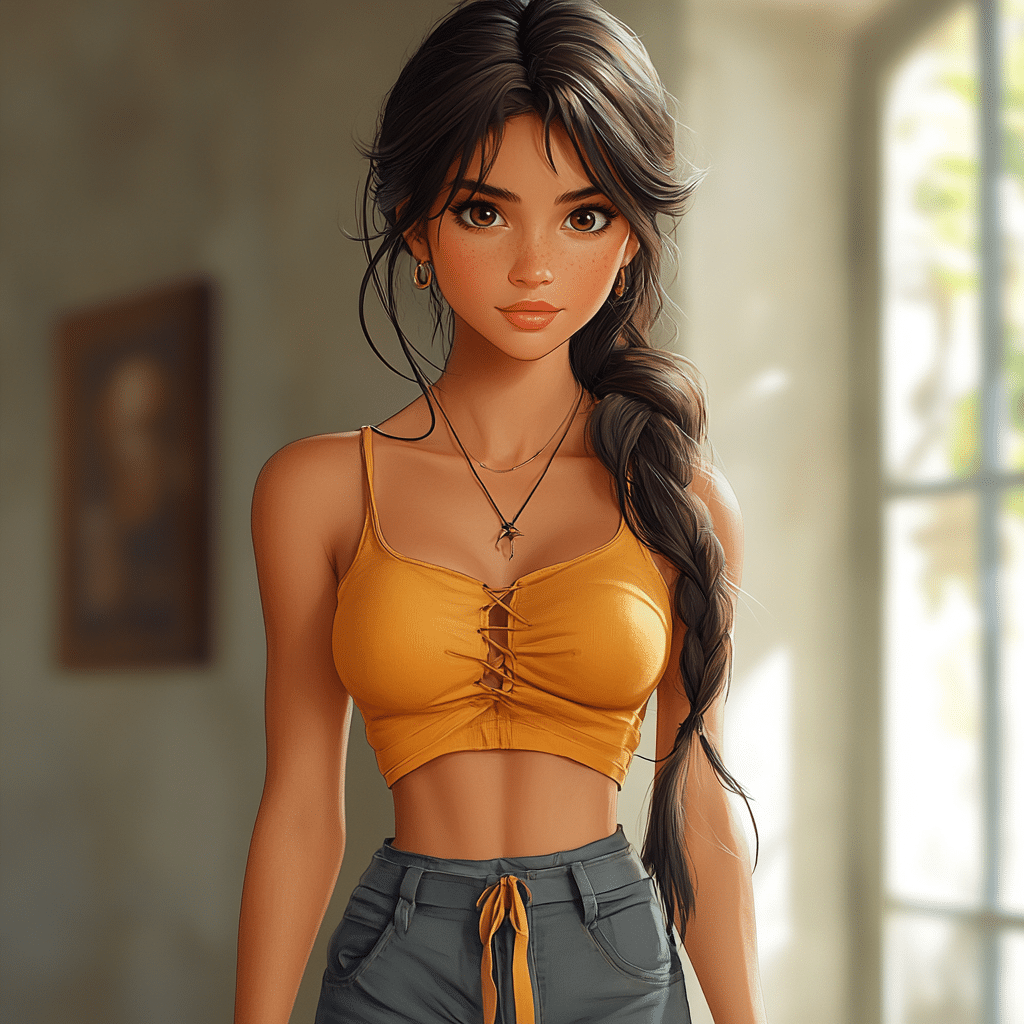
Top 7 Female Cartoon Characters Who Shaped the Animation Industry
Here, we’ll explore seven pioneering female cartoon characters who not only entertained but also left lasting marks on animation while expanding the genre’s boundaries.
1. Mickey Mouse’s Girlfriend: Minnie Mouse
Ah, Minnie Mouse! This iconic character burst onto the scene with Mickey in 1928. She’s etched herself into the heart of Disney’s early animation legacy. With her classic polkadot dress and bow, she challenged the stereotype of female characters at that time. Minnie didn’t just play the damsel in distress; she blossomed into a confident personality in her own right.
Minnie’s impact can still be seen in modern animation, where the incorporation of strong female leads is the norm. Think about it—her influence extends beyond animation and into fashion. Nowadays, you can spot characters that echo her iconic style, including those wearing trendy Japanese school uniforms, which adds a fun twist to how these characters are portrayed.
2. The Unconventional Hero: Velma Dinkley from Scooby-Doo
Velma Dinkley made her grand debut in 1969. Oh, and what a debut it was! This character stands out in any crowd, thanks to her intelligence. Often seen clad in her signature turtleneck and skirt, Velma broke new ground, portraying a female character who relied on her brains rather than brawn to solve mysteries.
Her legacy has shifted character development in animation significantly. Nowadays, we see more female leads who are resourceful and clever, much like Velma. It’s a breath of fresh air when female cartoon characters transcend traditional roles and become role models in their own right.
3. Innovating Animation: Tiana from The Princess and the Frog
Tiana, Disney’s first Black princess, made her debut in 2009 and brought something special to the table. She’s essential for representation, sure, but her character complexity truly sets her apart. Unlike those traditional princesses who just wait for love, Tiana pursues her dream of opening a restaurant.
This narrative shift encourages viewers to embrace ambition and independence, shaking up the classic fairy tale formula. Moreover, Tiana’s film inspired animation art direction to incorporate vibrant elements of New Orleans culture and cuisine, enriching the storytelling experience immensely.
4. The Wild Child: Kim Possible
Kim Possible stormed onto the scene in 2002 and completely redefined the teenage girl character. Balancing high school drama with saving the world, Kim embodies empowerment. She demonstrates that girls can be both glamorous and heroic. Kim’s portrayal paved the way for future female protagonists, showing that they could blend traditionally masculine action roles with femininity seamlessly.
Whether she’s battling foes or juggling school, Kim connects with audiences on multiple levels. Her adventures proved that female cartoon characters could be multi-faceted heroes. Plus, her catchy theme song still sticks in your head even today!
5. Breaking the Mold: Mulan
With Mulan’s 1998 film, Disney showcased a female character ready to break all the rules. Her journey transforms her from a timid girl into a fierce warrior in a male-dominated society. The depth of her character encourages audiences to discuss gender equality in animated narratives.
Mulan embodies traditional values yet challenges gender roles, offering multifaceted representation that resonates with audiences worldwide. She’s not just a warrior; she’s a reflection of change, defying societal expectations in countless ways.
6. The Icon of Individuality: Lisa Simpson
Lisa Simpson made her first appearance in 1989 and quickly became an archetype of a strong-willed, intelligent female character. As a young activist and musician, she navigates a life shaped by her misfit family dynamics. Through failure and success, Lisa showcases the importance of individuality and never shies away from advocating for social justice or environmental issues.
Her character inspires countless girls to embrace their uniqueness, making Lisa a timeless figure in discussions about activism and ethics. She embodies wisdom that resonates even today. It’s amazing to think how much value Lisa brings to a show primarily about a dysfunctional family!
7. The New Face of Adventure: She-Ra
Originally introduced in the 1980s, She-Ra was reimagined in 2018, signifying a shift in female representation in animation. The updated She-Ra not only focused on her magical abilities but also highlighted themes of friendship, love, and empowerment. She moved away from one-dimensional portrayals commonly found in earlier series.
The strong friendships and diverse characters in “She-Ra and the Princesses of Power” have led to a wave of new animated series. They focus on emotional depth and complexity in female characters, marking a significant evolution in how cartoons portray women and girls.
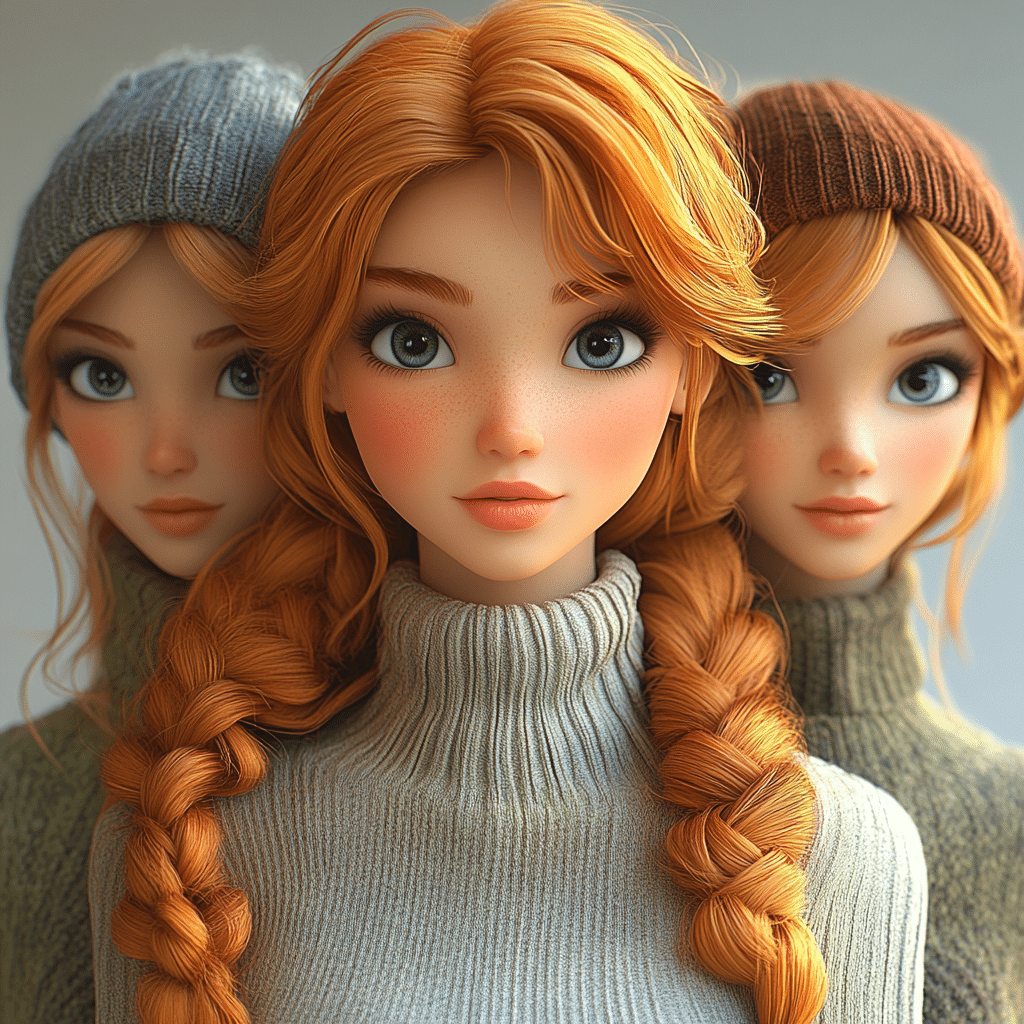
The Evolution of Animation Through Female Protagonists
The impact of these female cartoon characters extends beyond entertaining audiences. They’ve reshaped storytelling, offering relatable and multifaceted characters that resonate with viewers of all ages. As creators continue to introduce female leads clad in various outfits, including Japanese school uniforms, we are witnessing shifts in animation aesthetics that reflect contemporary culture.
This evolution highlights the animation industry’s broader commitment to inclusivity. Audiences crave deeper, more nuanced storytelling, and female characters will remain at the forefront of that movement. It’s this ongoing journey of change that reinforces animation as a significant medium capable of addressing social issues while engaging audiences of all ages.
Examining the growth and evolution of these characters teaches us about entertainment’s role in shaping culture. Female cartoon characters not only entertain but also alter the narrative of animation. And as we celebrate their impact, we can only imagine the avenues they’ll open for future generations.
So, let’s embrace the magic of animation and appreciate how these remarkable women changed the face of the animated storytelling universe as we know it!
Female Cartoon Characters Who Changed Animation Forever
Breakthroughs in Animation
Ever wonder how certain female cartoon characters managed to shake things up in animation? Take Betty Boop, for instance. She wasn’t just another cartoon face; she shattered the mold in the 1930s with her flapper style and sass. She represents a seismic shift in how women were portrayed in animation—sassy, independent, and downright unforgettable. If we think about it, this change really Lets sink in the impact these animated trailblazers have had on storytelling. Likewise, characters like Daphne Blake from “Scooby-Doo” broke the stereotype of the damsel in distress, becoming a savvy investigator instead.
Modern Personalities
Fast forward to today, and female cartoon characters are still breaking barriers. Characters like Marge Simpson and Elsa from “Frozen” show audiences that complexity is key. Marge balances her family duties with her quirky individuality, while Elsa tackles internal struggles around identity and power. How about that? It’s a thrilling evolution from earlier portrayals where female characters often played second fiddle. And before you ask, yes, there’s spontaneous fun everywhere! For example, the Moxxie Helluva boss character steers into dark humor, embodying how contemporary characters are no longer bound by traditional roles but instead craft their distinct stories.
Iconic Cultural References
The significance of female cartoon characters transcends mere entertainment; they often reflect shifts in societal values. Remember when “sai gon pho” dishes popped up in various shows, symbolizing the growing recognition of diverse cultures in mainstream media? That’s the kind of representation that brings different backgrounds into our living rooms. And speaking of diverse representations, it’s wild to see how characters like the ones in Kolkata Knight riders Vs Delhi capitals match scorecard embody multiculturalism, making animation a vibrant conversation starter. Fun facts abound—did you know that a woman voices many male characters in animation? These creative decisions add humor and depth that often resonate well with audiences. So, the next time you settle down for a binge-watch that’s better than Netflix, think about how these female cartoon characters have paved the way for future animation!
These iconic characters aren’t just figures on a screen; they reveal something deeper about us and what we value. They provide that perfect blend of humor and heart—like a charming sunfish sailboat that glides smoothly across a lake. So, while you’re hunting for Grinders near me or planning your next watch party, remember the power these characters hold in reshaping animation one laugh at a time!
